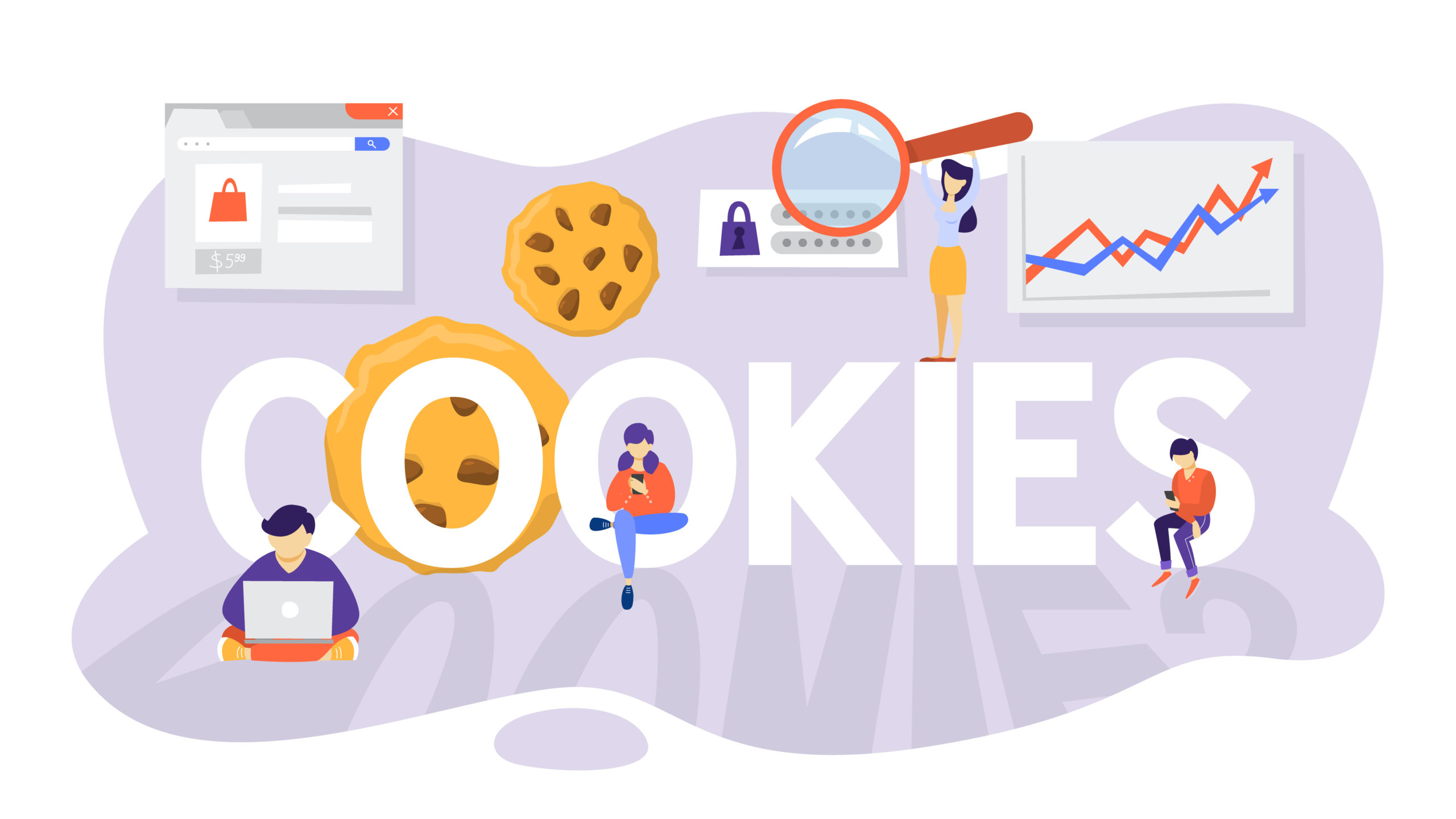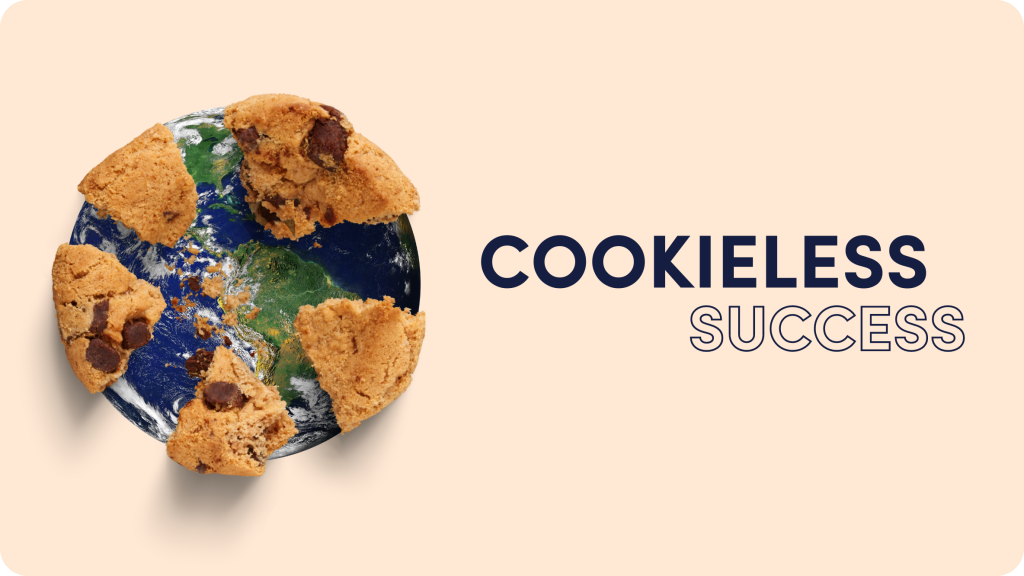How Cookieless Advertising Drives Website Lead Generation
The way we do advertising is about to change stunningly as the world is slowly moving away from cookie-based advertising. Marketers having faced serious concerns regarding consumers’ privacy and data security are now shifting from their reliance on third-party cookies that have utterly changed the way they track, target, and engage audiences. What this will mean for digital marketing is that small business owners must also adjust.

Understanding Cookieless Advertising
Third-party cookies have been a central part of the digital advertising ecosystem for a long time. They were used for targeting specific users with tailored content and identifying which sites they visited before and after clicking an ad.
Nevertheless, the limitations of cookies and privacy concerns spurred governments to support the move to a cookieless model. Chrome, Safari, and Mozilla, among other browsers, are bullish on blocking third-party cookies causing ripple effects on the marketers.
The Shift Towards Cookieless Advertising
The shift to cookieless advertising represents an explicit dedication to protecting the users’ privacy rights and information safety. As third-party cookies begin phasing out in 2023, brands are in a fix to figure out the best alternative method that allows them to target users without violating privacy.
This change in the market environment is beneficial for the industry but is also characterized by difficulties. Advertisers also have to be creative and flexible to make their products fit as needed.
Challenges of Cookieless Advertising
Loss of Granular Tracking
Another major drawback faced by cookieless advertising is the right to track down instances at the level of individual cookies. The elimination of third-party cookies will spell doom to marketers as they will no longer be able to track a user across various sites thus losing the real value of the insights they may get. This could also affect the precision and hence efficiency with which the targeted advertisement would be delivered.
Ad Personalization Difficulties
Ad personalization harnesses the data collected through third-party cookies. This move will also present a challenge on how to generate highly personalized experiences if these cookies are increasingly unavailable. This means that marketers will no longer have access to this information and will have to resort to other methods to categorize their target audience.

Opportunities in a Cookieless World
First-Party Data Utilization
Therein, first-party data gains more significance, especially in the case of third-party cookie elimination. The first source of contextual information comes from the user when he or she participates in a brand’s website or app for direct interactions with the brand. Marketers should invest their time and resources in improving the methods employed for the collection of first-party data while using the data to promote specific and personalized ad campaigns.
Contextual Advertising
Contextual advertising is predicted to hit the ground running again in a cookieless world. The advantage of contextual ads is that they do not depend on what users do; they automatically point to audiences if their interests match the content they see. This way the marketers will be able to achieve relevance without violating user privacy. Further improvement in contextual targeting can be through the adoption of AI and ML.
Adapting Digital Marketing Strategies
Building Direct Relationships with Consumers
For brands to survive in a post-cookie era, then it becomes imperative to cultivate a strong relationship with their consumers. This means providing meaningful and compelling experiences with the value proposition that makes users “opt-in” with their data. Surveys and contests, coupons and other promotional offers, and private access to exclusive content may be used as incentives to disclose sensitive data.
Investing in Privacy-Compliant Technologies
Technologies that will comply with privacy laws in the future become more imperative. There exist technologies to allow companies to comply with such permissions through CMPs and privacy-focused data handling tools. But these technologies also guarantee that companies will comply with regulations while also winning the trust of consumers.
Conclusion: Embracing the Future of Digital Advertising
It is undeniable that the effort to phase out cookie-based advertising presents a major change in the world of digital marketing. It may also be associated with difficulties but it also introduces new possibilities for development. First, companies need to adapt to this shift by putting greater emphasis on first-party data and turning to contextual advertising while also expanding their relationship with consumers.
This implies that marketers will need to employ privacy-compliant technologies while also adjusting approaches to suit an altered landscape to retain their influence. The future of the industry in a cookieless world will depend on the industry’s desire to embrace change and introduce new methods of innovation to its operations. If marketers put user privacy at the centre of their campaigns and identify relevant alternative sources of data, they could still be effective.





